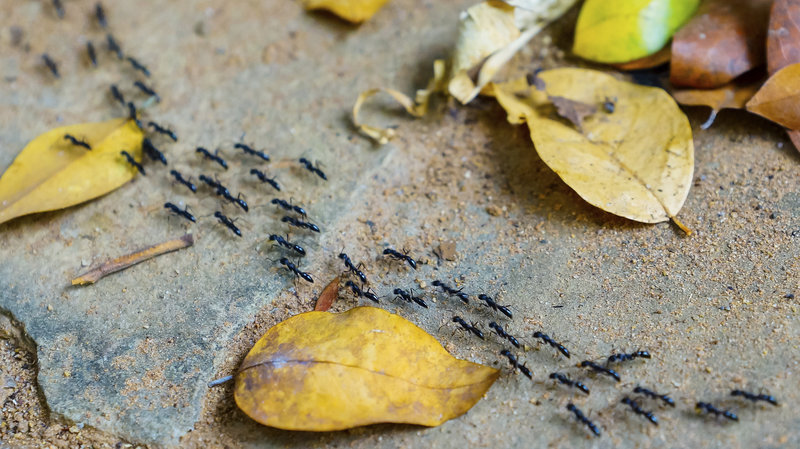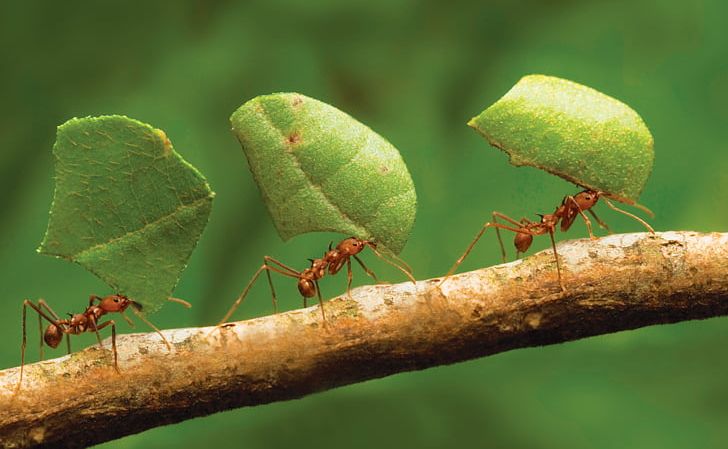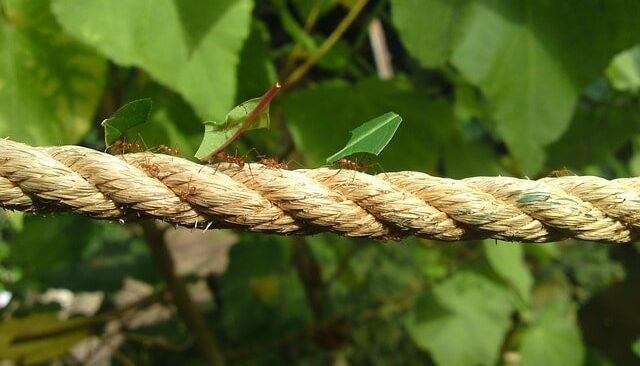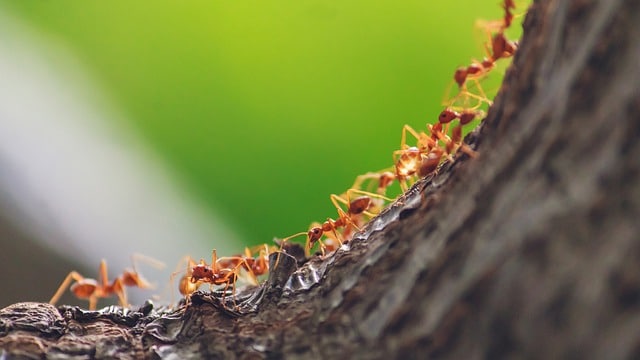Why Do Ants Follow Each Other in a Line?
Ants are everywhere in the world, they are so many in fact they are among few animals which exceed the population strength of humans by a huge number. We see ants almost every day in our lives. They can be harmful sometimes, but they mostly don’t care about you unless you disturb them. Some of the ants rank very high in the pain index.
Ants are common insects, more than 13,800 of an estimated total of 22,000 species have been classified around the world.
Also a fun fact about ants-If we were to weigh all the ants in the world, they would weigh as much as all of the people in the world.

Although ants are frustrating when they get into your home or when you’re having a peaceful nap in the grass, ants do help the environment. They are crucial for the survival of all beings on earth.
They are social insects, which means they live in large colonies or groups. That is why you will always see hundreds of ants following each other in a line.
Whenever anyone sees ants, a very common question pops in everybody’s minds-Why do ants follow each other in a line?
The reason is pretty simple it’s the Pheromones. A pheromone is a chemical secreted by an animal that triggers a social response in members of the same species. Pheromones are chemicals that sometimes act like hormones outside the body of the secreting animal, to impact the behavior of the receiving individuals. The pheromones act like the scent for the ants to sniff out the path.

There are many types of pheromones. There are alarm pheromones that alert of dangers, food trail pheromones, signal pheromones, sex pheromones for mating, and many others that affect behavior or physiology.
Ants use the trail pheromones to find the food and to track their path to the food. Ants mark their paths with pheromones consisting of volatile hydrocarbons. They use pheromones to communicate with other ants. They will produce and leave pheromones to share the location of a food source.

When a worker ant finds food or some other beneficial resource, she will lay down trail pheromones as she is returning to the colony. That way, other workers will be able to leave the colony and use the trail to find the resource.
As other ants follow the trail, they will also release additional pheromones. This makes the trail even more detectable. Each ant along the trail leaves its own pheromones so that trail does not fade.
The trail or line doesn’t have to be straight it can be in any pattern passing from floor, roof, walls, and trees leading to their homes. It depends on how the first and walked from a point to another.

The worker ants will follow this trail until the food source is completely consumed or taken inside the colony to feed the queen and other ants. But this doesn’t mean ants don’t have eyes to see where they are going. They have eyes, they just don’t use them to mark or to remember the path. But interestingly ants don’t have ears. Ants “hear” by feeling vibrations in the ground through their feet.

